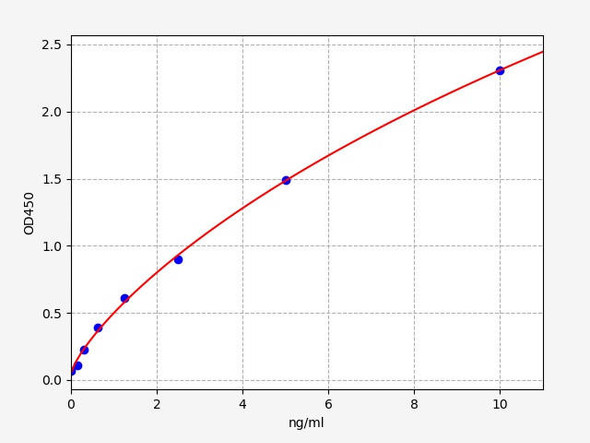The COVID-19 and Influenza A+B Rapid Antigen Combo Test (Nasopharyngeal Swab) is a rapid chromatographic immunoassay for the qualitative detection of SARS-CoV-2, Influenza A and Influenza B virus antigens in nasopharyngeal swab specimens from individuals with suspected SARS-CoV-2/Influenza infection in conjunction with clinical presentation and the results of other laboratory tests. Results are for the detection of SARS-CoV-2 and Influenza A+B Antigens. An antigen is generally detectable in upper respiratory specimens during the acute phase of infection.
Positive results indicate the presence of viral antigens, but clinical correlation with patient history and other diagnostic information is necessary to determine infection status. Positive results do not rule out bacterial infection or co-infection with other viruses. The agent detected may not be the definite cause of disease.
Negative results do not preclude SARS-CoV-2/Influenza A+B infection and should not be used as the sole basis for treatment or patient management decisions. Negative results should be treated as presumptive and confirmed with a molecular assay, if necessary for patient management. Negative results should be considered in the context of a patient’s recent exposures, history and the presence of clinical signs and symptoms consistent with COVID-19/ Influenza A+B. The COVID-19 and Influenza A+B Antigen Combo Rapid Test is intended for use by trained clinical laboratory personnel.






